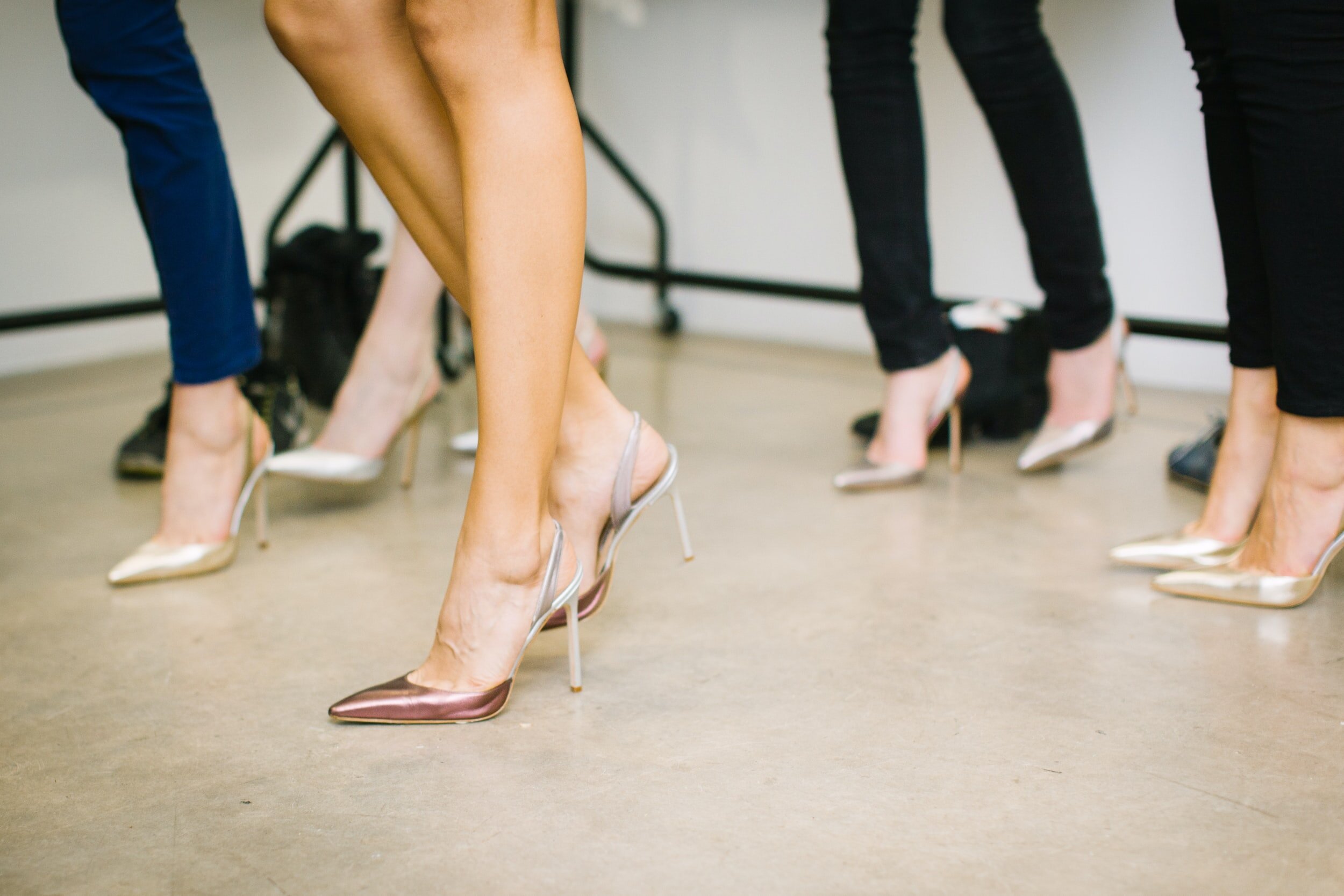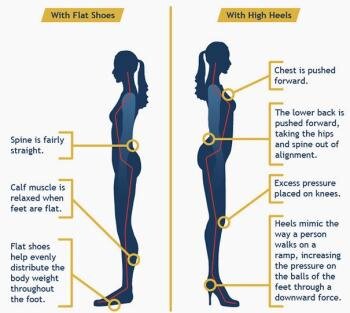High Heel Hacks
Love em or hate em…one thing is for certain, they sure aren’t good for your feet.
But hey, sometimes there’s just no escaping the high heeled shoe. Or maybe you love them but are seeing some long term effects from chronic use. Or maybe you haven’t worn high heels or any shoe or umm pants in a year and now that events seem to be happening, we need to relearn how to wear high heels. I wrote this for a friend who is an amazing choreographer and wanted to help her dancers prevent injury when dancing in heels. Hopefully these tips can help whom ever else finds themselves at the mercy of the high heel.
High heels will change your posture, how you use your muscles and joints while walking. Knowing is half the battle! Be aware of these changes and try to maintain a healthy posture- Push your shoulders back, lift your chest up, tighten your butt and keep your pelvis up- think of your pelvis as a bowl don’t let the soup in the bowl spill out of the front.
An increase in heel height will force the foot in an increased plantar flexion (toe pointed) , which in its turn increases knee flexion (knee bent) and lordosis of the lower back (increased lower back curve - like sticking your butt out).
tips to prevent injuries when wearing high heels
Practice Proprioception:
Proprioception: perception or awareness of the position and movement of the body. This is your brain communicating to your muscles and knowing where your foot is in space.
And Yes! You can improve your brain to muscle communication...by practice and training!
In this case we want to train our brain and muscle communication to default to the correct safe ankle/foot position so that when we are wearing high heel shoes, our tendons are trained to maintain a strong support for our ankle and less prone to “rolling”.
One exercise you can try at home while brushing your teeth for two minutes; stand on one leg for one minute and the other leg for the next minute.
These are exercises that promote balance. An example is Standing on one foot, balance boards/blocks. Gradually incorporate these exercises each day.
Strengthen before beauty
Wearing high heels often for long periods will actually weaken the tendons surrounding the ankle. To fight this, gradually incorporating ankle strengthening exercises is very important.
Having a strong core and strong leg muscles especially your quadriceps will help you to maintain good posture in heels and prevent injury.
Strengthening the quadriceps will help with the extra knee flexion happening in heels.
Leg presses and squats will improve strength and control.
Stretching before and after:
Before:
Passively flexing and pointing your ankle back and forth. Then rolling in a circle. Pointing the toes.
Stretching the anterior ( front portion of the ankle ) prior is helpful to increase elasticity and prepare for the exercise in heels.
After:
It is very important to stretch the Achilles tendon ( the tendon that comes from your calf muscle ) AFTER wearing heels. This tendon is significantly shortened when wearing heels. If not properly stretched it can tighten and cause injury when walking barefoot or in flat shoes.
The shoes:
A 2 inch heel high would be ideal - but if you must go higher opt for a shoe with a platform. This will have a built up sole under the toe box. That will decrease incline and pressure on your toes, it will also provide some shock absorption to the ball of the foot.
Leather is better ! Avoid patent leather or plastics they will not stretch. Leather insoles (the lining of the shoe) this will prevent slipping .
You may need to go a size up in heels. Try buying them in the evening or end of day to account normally occurring daily swelling.
If the shoe has a flimsy sole without a lot of cushion for the ball of the foot you can apply a rubber outer sole. This will provide some shock absorption with out taking up space in your shoe
Seek help if in pain
Podiatrists are doctors who specialize in the foot and ankle, they are trained to assess injuries and provide treatment. If you have pain for a medial question seek treatment with a local podiatrist or orthopedic who specializes in foot and ankle.
- Be well, Dr. D
Click below for products:




